R&D Drivers
R&D Drivers
"It’s the grey matter that matters most"
Thought, research and passion are the primary elements for developing innovative and sustainable ideas.
LU-VE Group has in its DNA the propensity for innovation and research, which over the years has allowed it to continuously increase its assets and to achieve very high levels of qualification in terms of technology, reliability, efficiency and quality of products.
Its remarkable technological progress has made LU-VE Group a point of reference for the major manufacturers of heat exchangers worldwide.
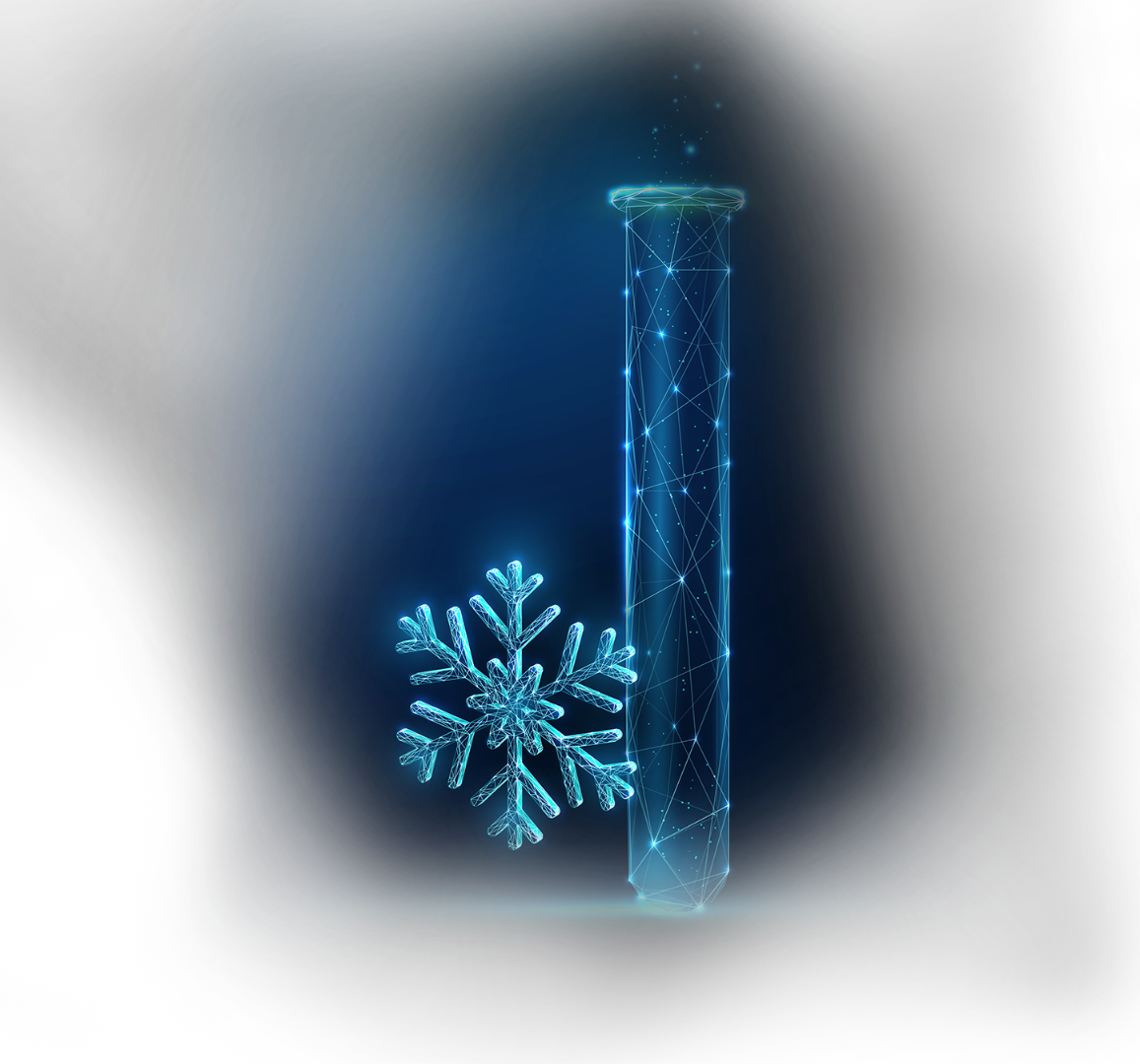
ENVIRONMENTAL AWARENESS

LONG LASTING PRODUCT LIFECYCLE
- R-FIN (2019)
- PATENTED OPTIMIZED SUPPORTING STRUCTURE
(SAFETUBES SYSTEMS 1999-SMART 2006)


ENERGY SAVING
- ADIABATIC TECHNOLOGIES EVOLUTION (WATER SPRAY 2000,
WET AND DRY 2003, DRY AND SPRAY 2006, EMERITUS 2006) - EC FAN MOTOR TECHNOLOGY (2002)
- JET-O-MATIC DISTRIBUTOR (2001)
- JET STREAMER (2008)
- NIDEA – NEW INTELLIGENT DEFROSTING APPARATUS (2016)
- PLUG AND SAVE (2014)


PERFORMANCE ENHANCEMENT
- HEAT EXCHANGERS DESIGN OPTIMIZATION
(HITEC UNIT COOLERS 1988 - CONDENSERS HITEC 1991
- SUPERHITEC UNIT COOLERS 1997) - SILENCER EVOLUTION
(THE WHISPERER 2010 - THE WHISPERER PLUS 2015) - ADIABATIC TECHNOLOGIES EVOLUTION (WATER SPRAY 2000,
WET AND DRY 2003, DRY AND SPRAY 2006, EMERITUS 2016)


CO2 EQUATOR REDRAWING
- EC FAN MOTOR TECHNOLOGY
- ADIABATIC TECHNOLOGIES EVOLUTION (WATER SPRAY 2000,
WET AND DRY 2003, DRY AND SPRAY 2006, EMERITUS 2016) - HEAT EXCHANGERS DESIGN OPTIMIZATION
(HITEC UNIT COOLERS 1988 – CONDENSERS HITEC 1991 –
SUPERHITEC UNIT COOLERS 1997)


REFRIGERANT CHARGE REDUCTION
- HEAT EXCHANGERS DESIGN OPTIMIZATION
(HITEC UNIT COOLERS 1988 - CONDENSERS HITEC 1991
- SUPERHITEC UNIT COOLERS 1997) - ADIABATIC TECHNOLOGIES EVOLUTION
(WET AND DRY 2003, DRY AND SPRAY 2006, EMERITUS 2016) - Ø 5MM TUBE CONDENSERS (MINICHANNEL 2012)
- LOW CHARGE AMMONIA UNIT COOLERS (ARMÓNIA 2018)
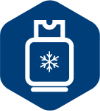

FOOTPRINT AND WEIGHT REDUCTION
- PATENTED OPTIMIZED SUPPORTING STRUCTURE
(SAFETUBES SYSTEMS 1999-SMART 2006) - HEAT EXCHANGERS DESIGN OPTIMIZATION
(HITEC UNIT COOLERS 1988 - CONDENSERS HITEC 1991
- SUPERHITEC UNIT COOLERS 1997) - ADIABATIC TECHNOLOGIES EVOLUTION (WATER SPRAY 2000,
WET AND DRY 2003, DRY AND SPRAY 2006, EMERITUS 2016)


NOISE LEVEL REDUCTION
- EC FAN MOTOR TECHNOLOGY
- SILENCER EVOLUTION (THE WHISPERER 2010 -
THE WHISPERER PLUS 2015)


WATER USE REDUCTION
- ADIABATIC TECHNOLOGIES EVOLUTION
(WATER SPRAY 2000, WET AND DRY 2003,
DRY AND SPRAY 2006, EMERITUS 2016)

SOLUTIONS FOR NATURAL REFRIGERANTS
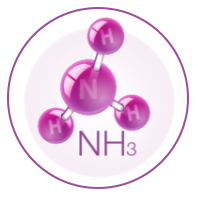
Ammonia (NH3) is a high-performance refrigerant fluid which is, however, toxic to humans and highly flammable. These characteristics limit its usage volume in many countries.
Usually used in large refrigeration units, ammonia is the highest performing natural fluid but also requires various system adjustments and the introduction of technologies to minimise volumes.
For this reason, the number of “low charge” systems with reduced quantities of ammonia has grown in recent years.

CO2 is characterized by high thermodynamic performance at medium and low temperatures and low production costs compared to other refrigerant gases.
The most common applications are in large-scale retail outlets, followed to a small extent by data centres, industrial sites and commercial applications.
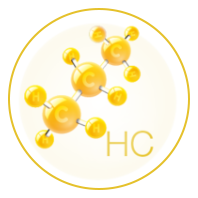
Hydrocarbons (HCs) such as propane are characterized by physical properties that enable their use in a vast range of applications.
However, problems such as flammability currently limit the use of hydrocarbons in small-scale refrigeration systems.
The applications are diverse in this case, too: from small cooling units to vaccine storage and heat pumps for domestic and industrial use.
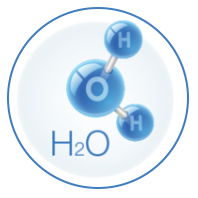
Water and glycol water are often used for refrigeration, air conditioning and in industrial processes as a heat carrier fluid.
Systems of this type typically consist of a machine that produces chilled water through a refrigeration cycle (chiller) and a chilled water distribution system.
The main advantages of water and glycol systems over direct expansion systems are easier installation and better control of room humidity.
Another important advantage of this type of system is the reduction in the amount of refrigerant used in the system, with important benefits for the environment.


















